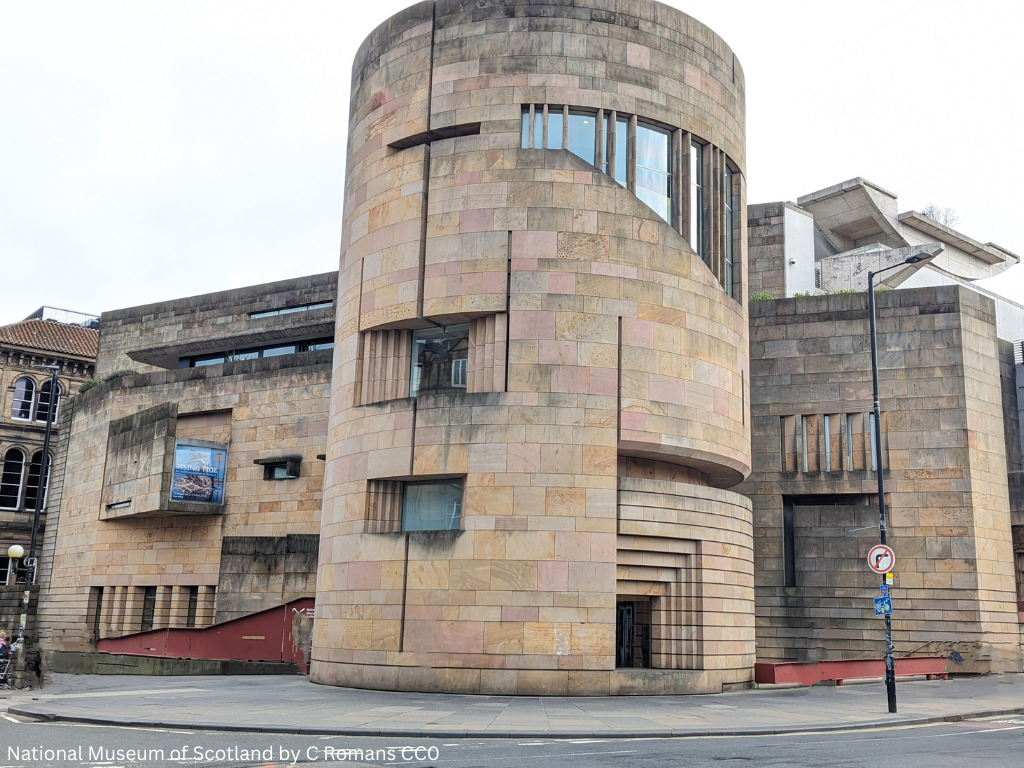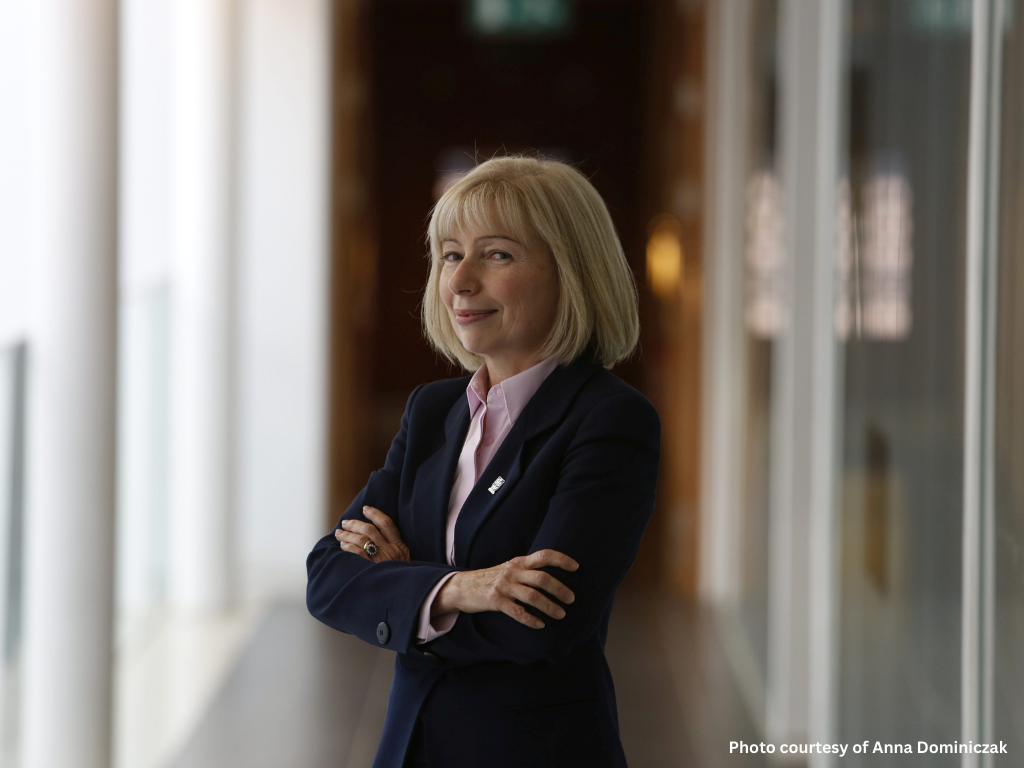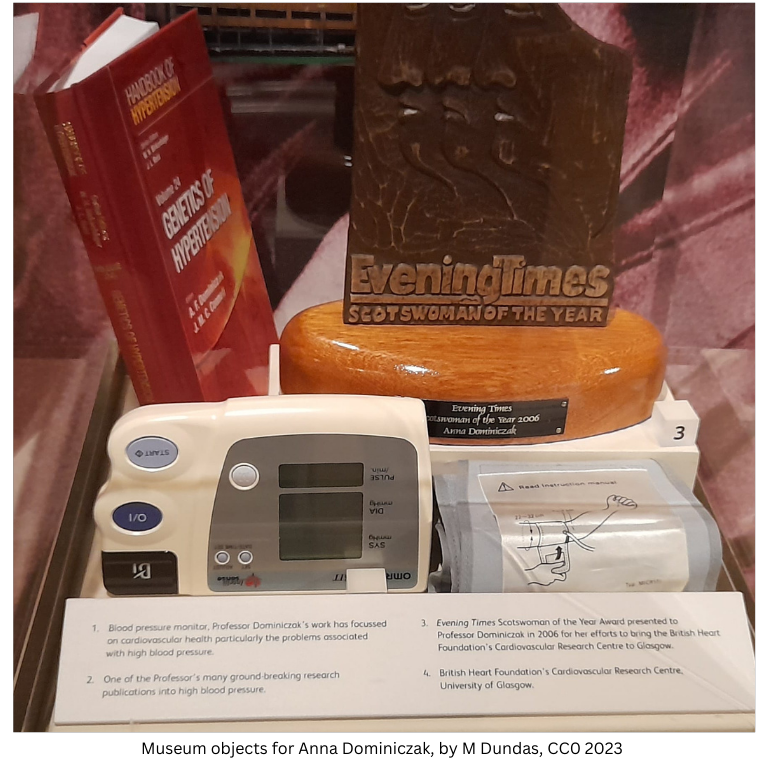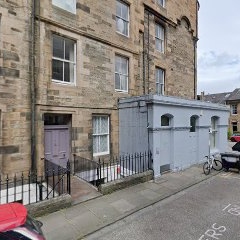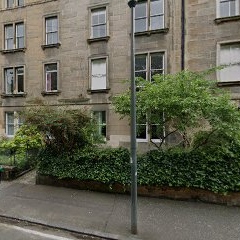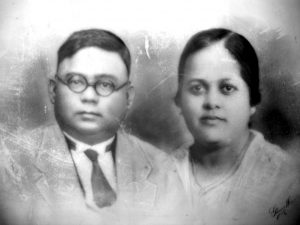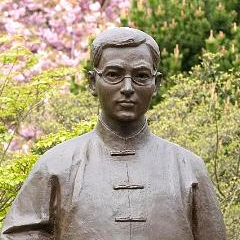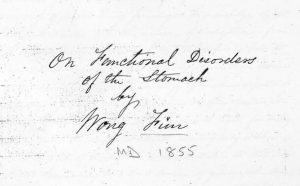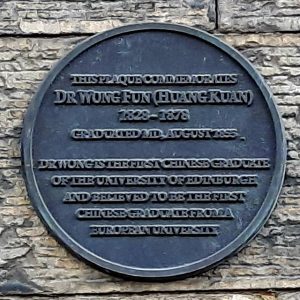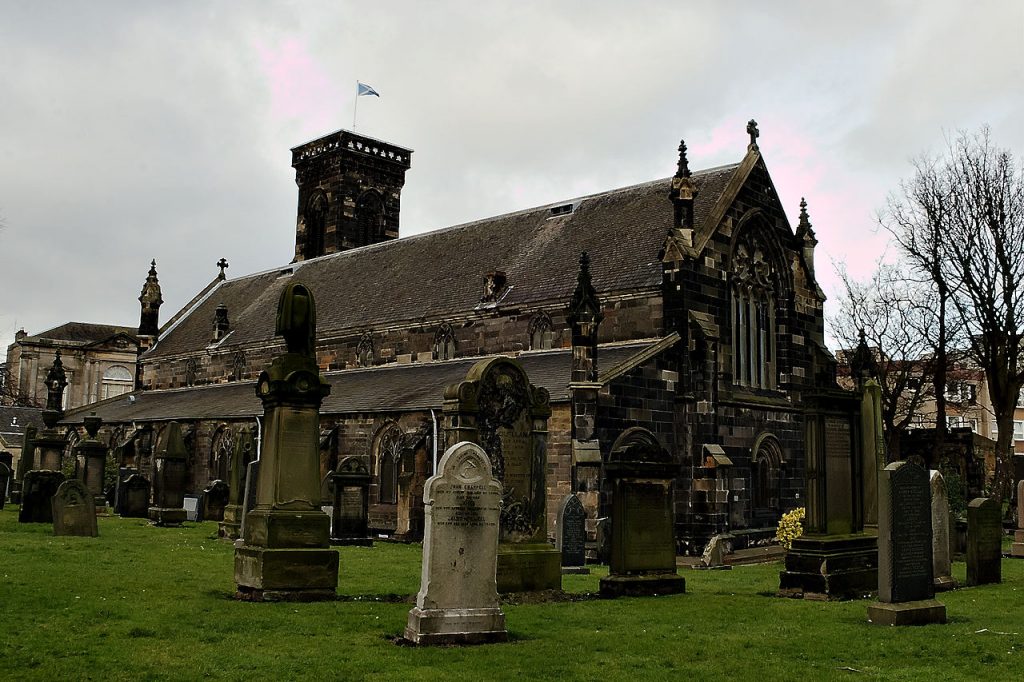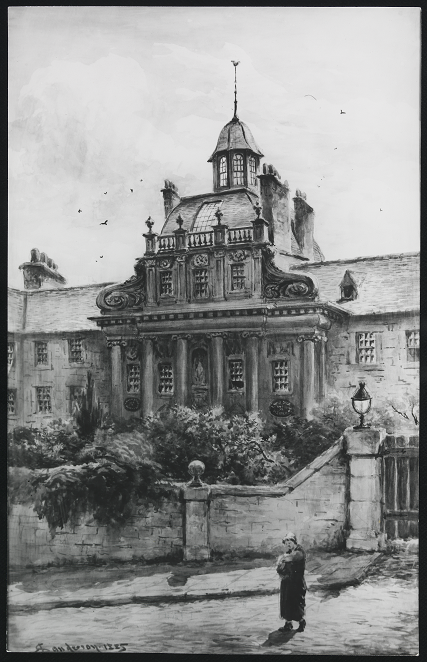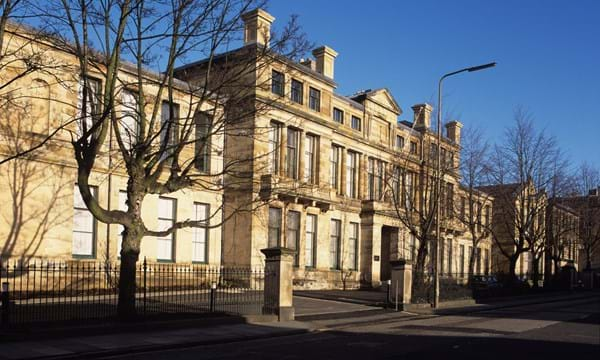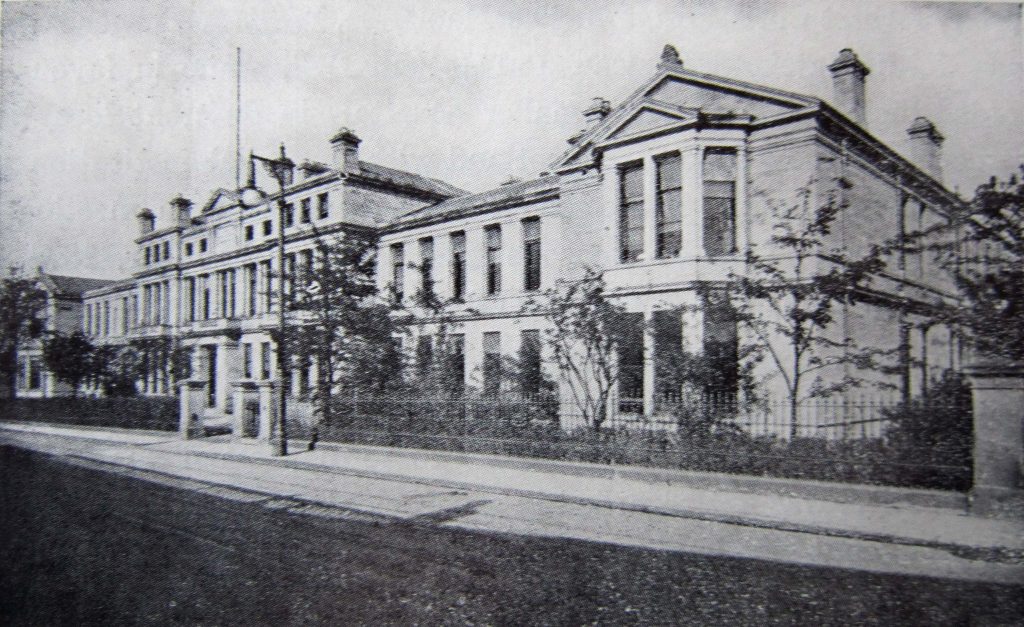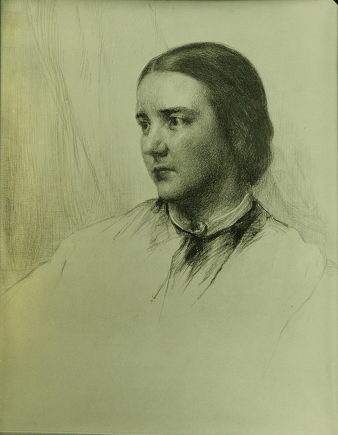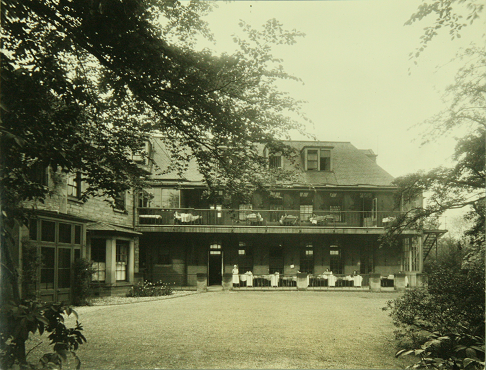Surgeons’ Hall Museums, Nicolson Street, Edinburgh, EH8 9DW
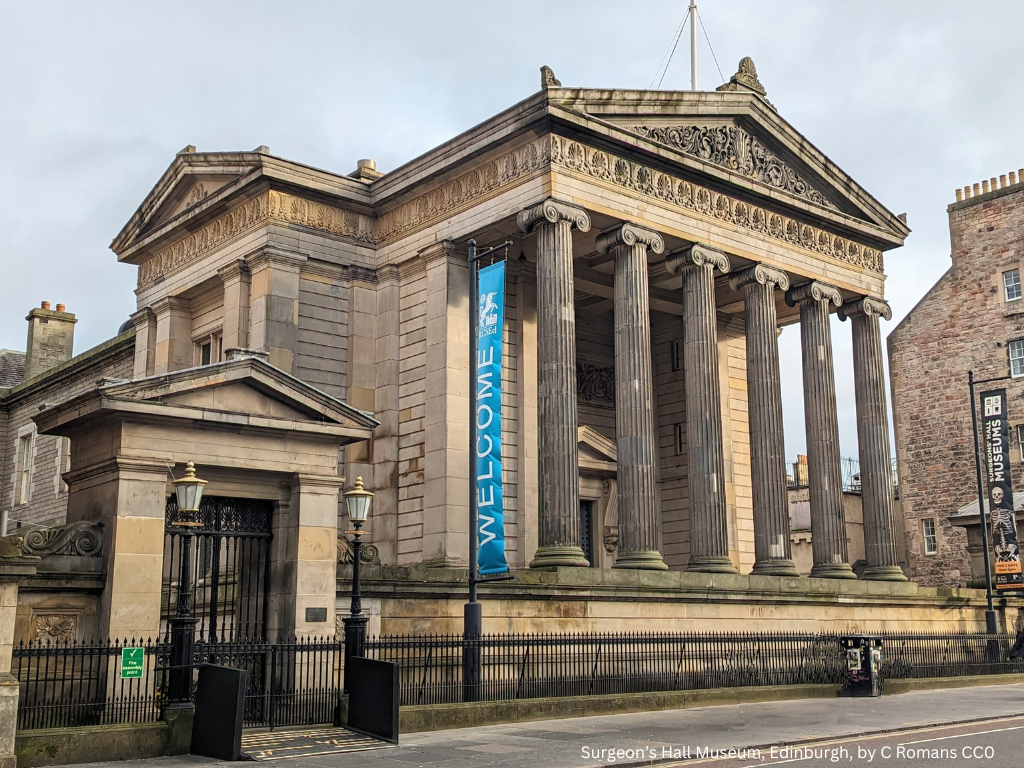
Sophia Jex-Blake (1840 – 1912) was a pioneer of university education for women and was the first female practicing doctor in Scotland. She was part of the Edinburgh Seven, a famous group of women who studied at Edinburgh University and were the first women to be accepted to university in Britain. However, male students became very hostile towards the Seven, resulting in the Surgeon’s Hall riot, where a large gathering of 200 people insulted and threw rubbish at the women on their way to an exam. This did not deter Jex-Blake, who went on to found two medical schools for women in both London and Edinburgh, and this plaque commemorates the spot where seven women faced blatant hostility, purely because of their gender. Other members of the Edinburgh Seven: Isabel Thorne, Edith Pechey, Matilda Chaplin, Helen Evans, Mary Anderson and Emily Bovell.
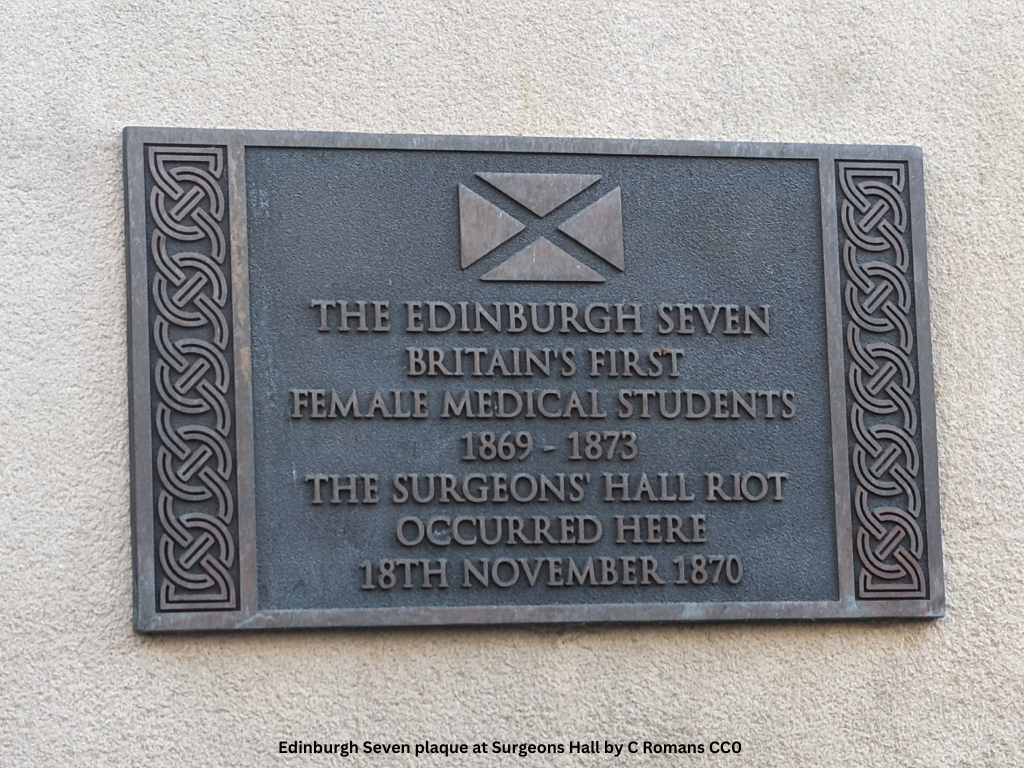
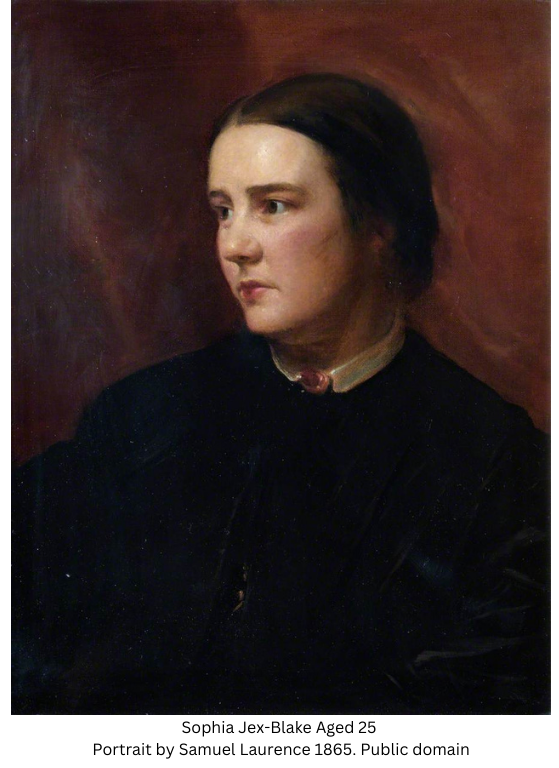
In 2020, the University of Edinburgh unveiled a painting commemorating the Edinburgh Seven, which is currently on display in the Sophia Jex-Blake room of the Chancellor’s Building at the Royal Infirmary. The portrait, by Laurence Winram, is a re-imagining of Rembrandt’s The Anatomy Lesson of Dr. Nicolaes Tulp. (Learn more on Laurence’s blog post about the piece).
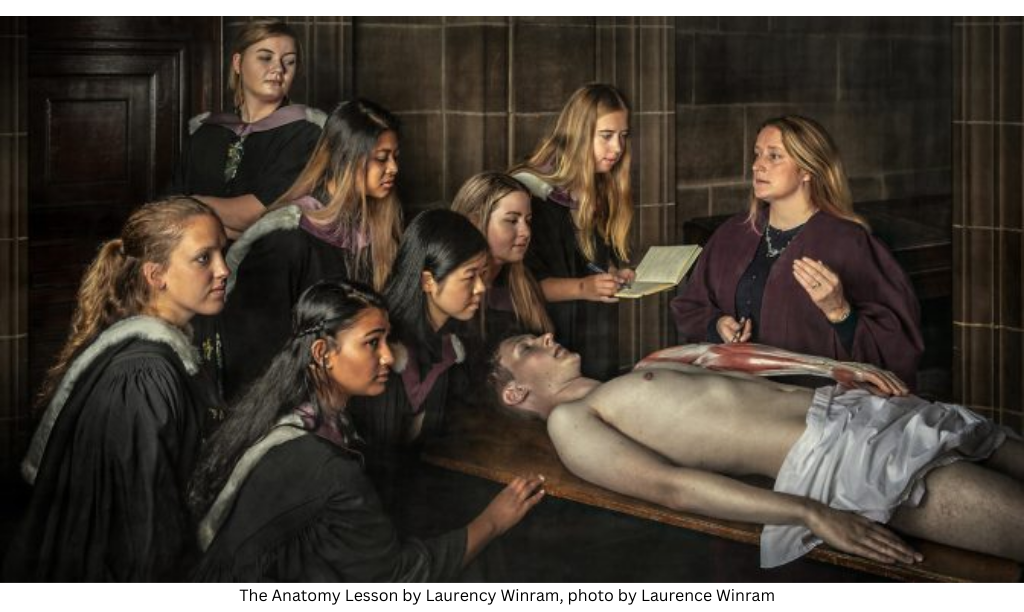
Sources:
- “Sophia Jex-Blake.” Wikipedia, Wikimedia Foundation, 28 Aug. 2023.
- “Edinburgh Seven.” Wikipedia, Wikimedia Foundation, 21 Sept. 2023.
- “Sophia Jex-Blake.” Celebrating Diversity: Inspiring Women in History, The University of Edinburgh. Accessed 13 Sept. 2023.
- “The Edinburgh Seven.” Celebrating Diversity: Inspiring Women in History, The University of Edinburgh. Accessed 13 Sept. 2023
Additional links:

